Our Play Space
The primary purpose of a play space is, of course, play. However, there are a few factors to consider while designing a play space. A thoughtfully designed play space can make it ideal for both kids and parents, providing a fun space to spark your child’s creativity, growth and development. Over the decades, there has been a lot of discussion around what an ideal play space requires.
In the recent years, studies have found out that open-ended toys are essential in a play space. There are three components that should be present in each play space to support children’s cognitive and mental development properly. First, let’s look at the three must-have components each play space.
ACTIVE PLAY AREA
Children have a lot of energy so it is no surprise that they need active play. Active play does not necessarily mean physical play. Activities like arts and crafts or drawing or zooming around are also active play.
When active play is more physical, toys selected should be considered carefully. For instance, playing on a trampoline can be dangerous for kids. This is because their bones are softer and still developing and the repetitive jumping can damage their bones, joints or growth plates. Kids should be at least six (UK/Australia/Canada rules) and at least seven (California rules) before they are allowed to use a trampoline.
For physical play, toys that promote cognitive and gross motor skill development simultaneously should be selected. One example is the Pikler Triangle which is great for physical and cognitive development. They promote learning and developmental opportunities. Another example is sensory soft play which provides a safe and engaging environment for children to explore their senses and process new information.
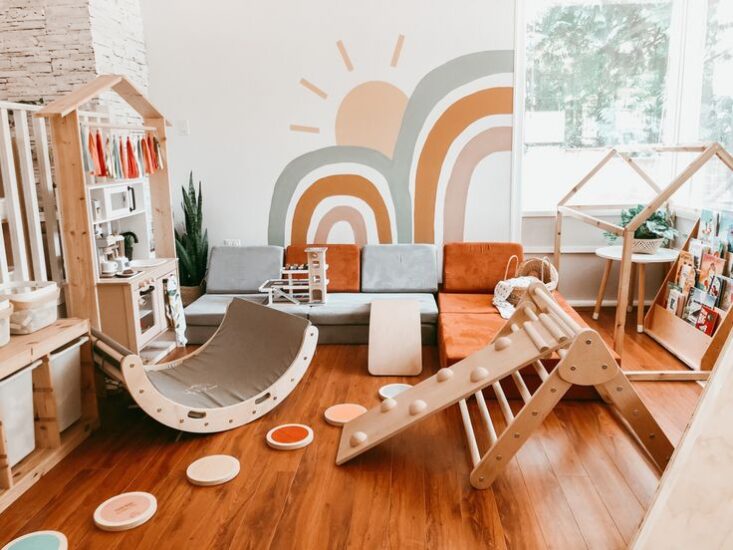
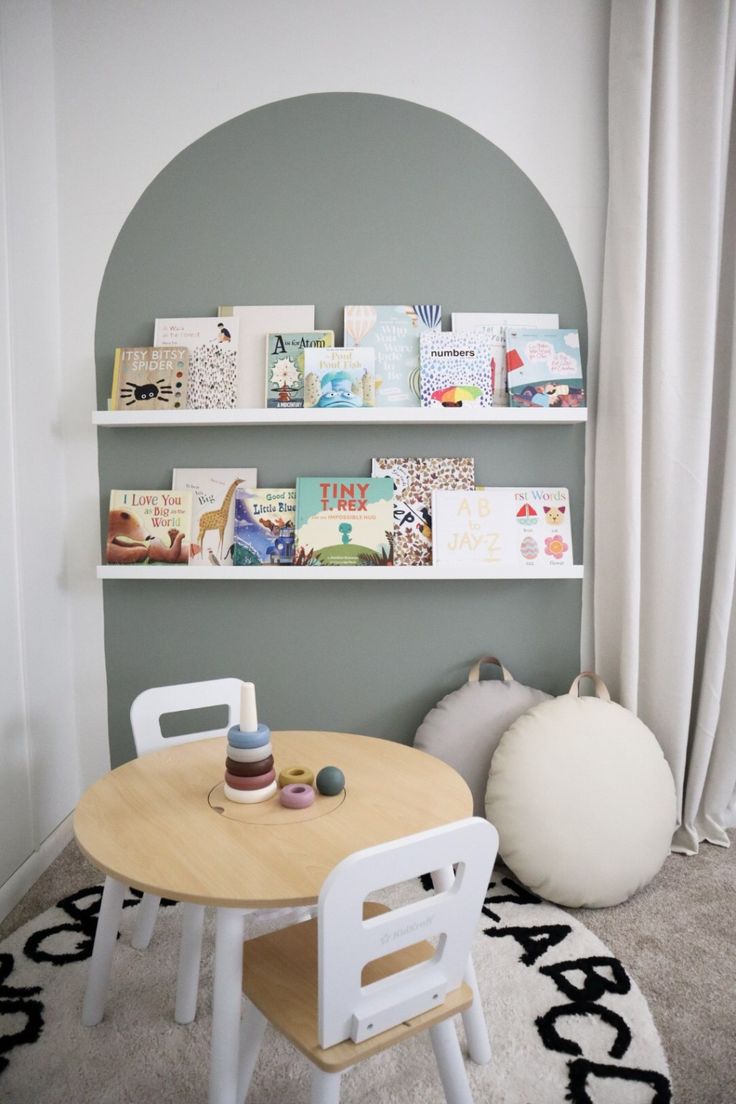
QUIET PLAY AREA
Quiet areas provide an opportunity for your child to learn to manage boredom and comfort themselves. They allow kids to be aware of their own emotions. This way, they can learn to calm down and better regulate their emotional responses.
When a child is able to self-soothe when they feel distressed, they are often more willing to try new things. Quiet areas are like child sanctuaries where a child can freely retreat on their own to spend some alone time, relaxing, observing, or engaging in activities by themselves.
Quite area does not necessarily mean making the entire space quiet. A small tent in a corner or a small reading area work perfectly. The goal is to offer children a place to retreat to when they get over-stimulated by play.
PRETEND PLAY
Every play area must have imagination stations which are creative spaces that feels social and dreamy. Most common imagination stations are pretend play areas such as play tents, play kitchens, or dollhouses. Other not so common imagination stations can include Lego and construction zones. Pretend play areas provide learning opportunities for children by relating to other people and encourage the children to focus their minds and imaginations as they take on the roles of others.
Pretend play areas should not just be a play kitchen or a market. They should be designed to incorporate numerous objectives from the educational curriculums and every day life. Just like in the real world, pretend play should offer tasks that require children to draw on reading, writing, math and science skills. For example, when the children act out a restaurant scene, they should have menus, write down orders, add up costs and communicate with each other. Research shows that children use a much higher level of vocabulary when they are acting out roles as well as boosting independence and confidence.
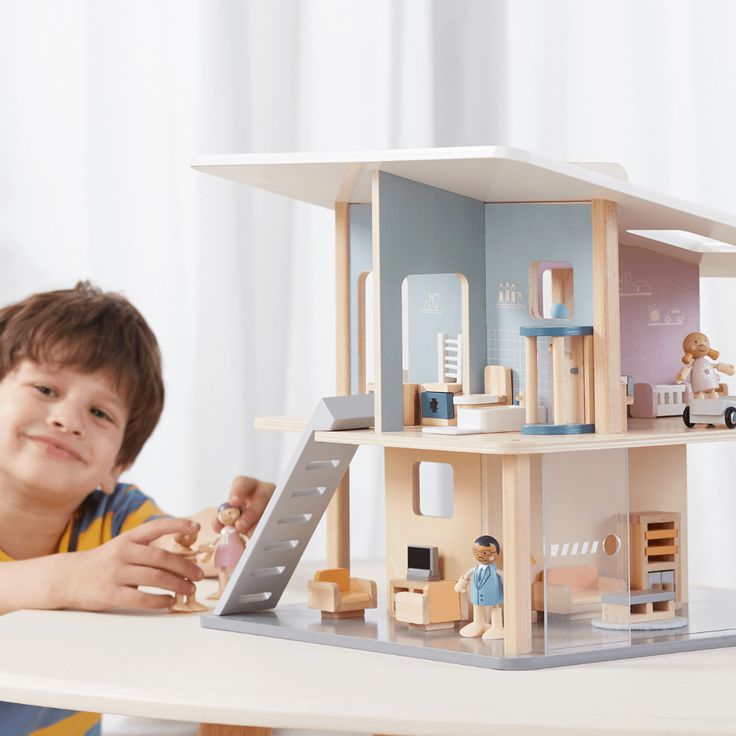
What is open-ended play and what are open-ended toys?
01
What is open-ended play and why is it important?
Open-ended play is all about imagination and creativity. It’s the kind of play where there are no limits, no rules, where children can be the masters of their own world! It is any kind of play that is free-form and flexible. It allows children to direct activities without the imposition of rules and instructions.
02
Benefits of open-ended play (I)
When children are able to direct their own playtime, they are exercising their decision making abilities. It help your child grow their self-esteem as they become more independent and autonomous within the play space and beyond. It also grows their confidence in group scenarios as they learn to interact with others more constructively and creatively.
03
Benefits of open-ended play (II)
Since children are not bound by rules, they are able to unleash their creativity in ways that may be limited by more structured activities. They are not afraid to ‘fail.’ They explore new ways of engaging with toys that might otherwise have been perceived as ‘wrong’ or ‘incorrect’ but actually reflect their unique paths of their imagination.
04
How to encourage open-ended play
The best kinds of toys for open-ended play are those that don’t require rigid or formal instructions. By definition, open-ended toys give children different options for play. They are multifaceted and versatile. This does not mean that they have to be complex. Often the simplest of toys can make a wonderful starting point for open-ended play.
05
Performance Reviews
We will work with you to create a personalised plan to help you achieve your financial goals.
06
Financial Planning
We will work with you to create a personalised plan to help you achieve your financial goals.
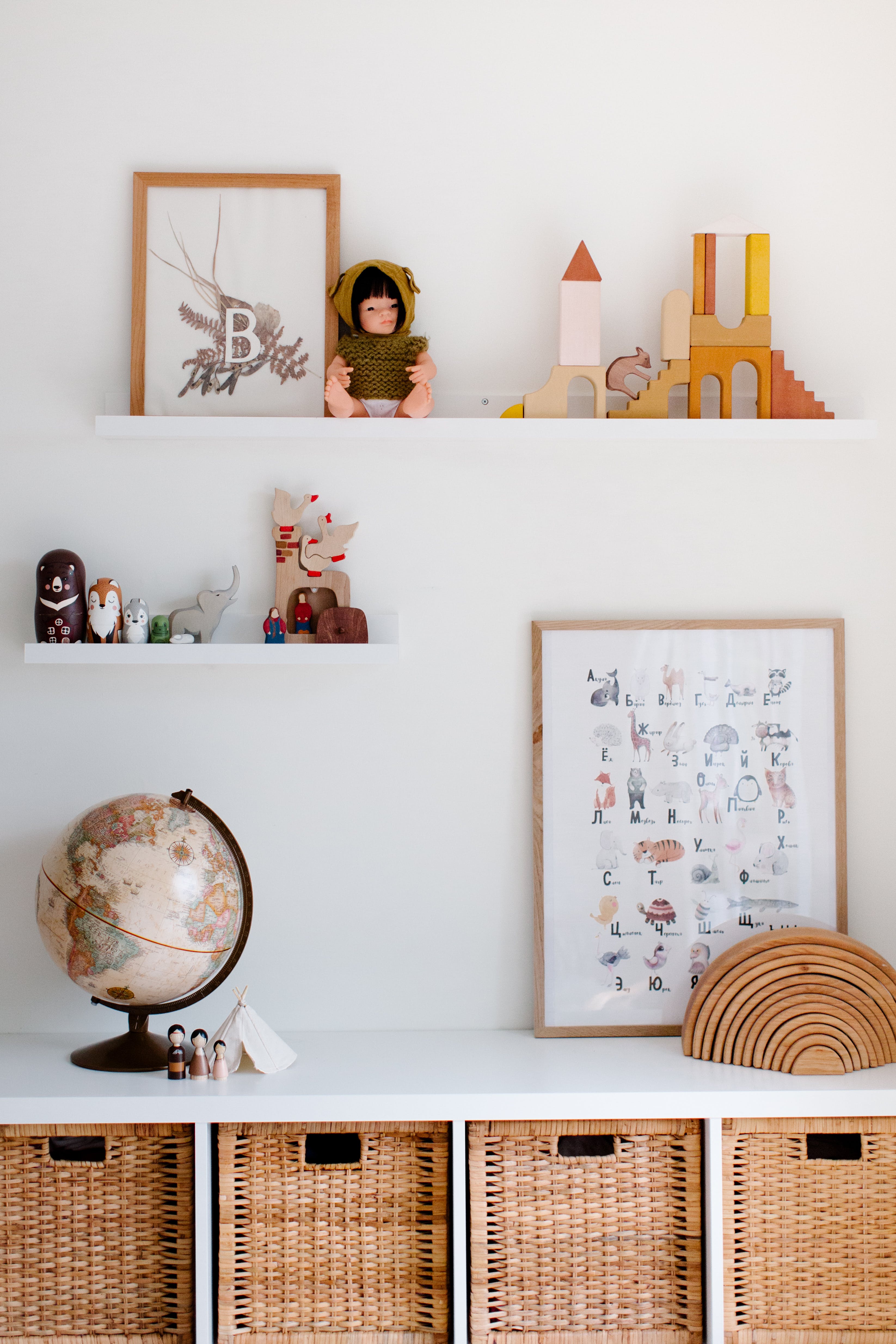
Natural and Eco-Friendly Products and Toys
At Alphabet Play Space, we select our equipment and toys very carefully. Nowadays, most toys are made of plastic and contain toxic materials. We only use toys and equipment made with non-toxic materials and prefer natural and eco-friendly options.
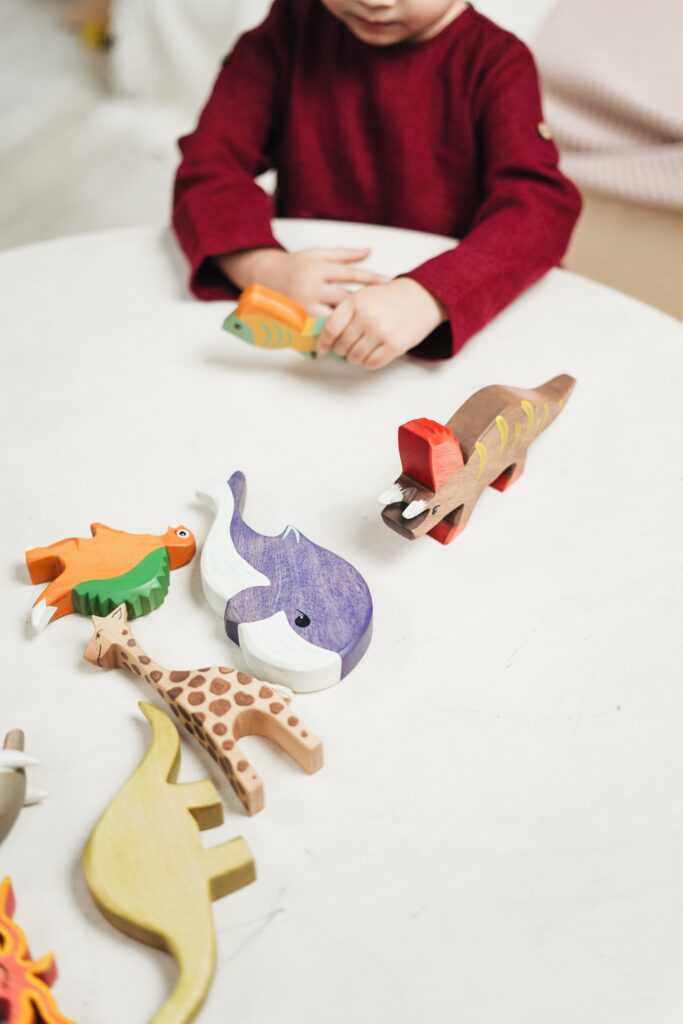
Open-Ended Toys and Design According to Developmental Needs
Get stress-free event planning with our talented event coordinator, Sophia Planner. With attention to detail and top-notch organization skills, Sophia ensures that your event is executed flawlessly in every way.
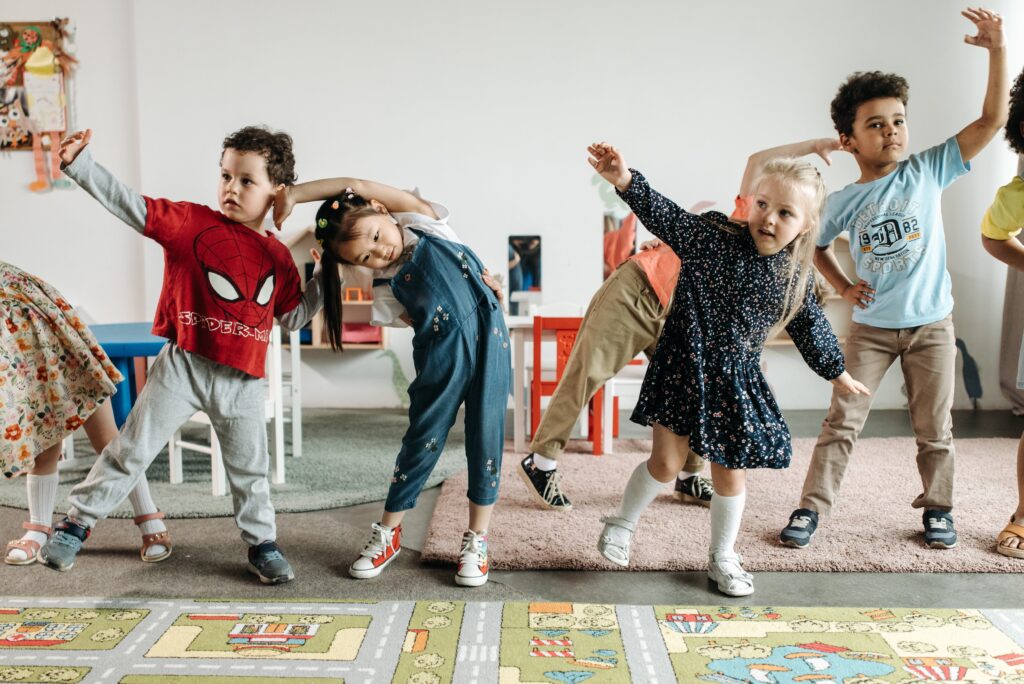
Learning and Fun At The Center of a Child’s Experience
Need help managing your event vendors? Isabella Connector is here to streamline the vendor management process, letting you focus on what matters most – a successful event called your attendants’ attention.